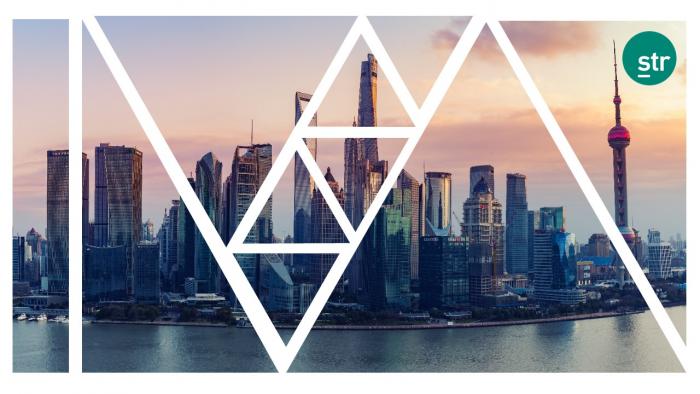The comprehensive promotion of national tourism policies throughout China has undoubtedly provided a strong impetus for the development of the hotel industry. Golden Week provides an even greater boost to leisure tourism, family holidays and cultural tourism.
According to the Chinese Ministry of Culture and Tourism, 782 million domestic tourists travelled throughout China during the seven-day National Day Holiday in 2019, a 7.81% increase on the previous year; domestic tourism revenue reached RMB649.71 billion, up 8.47% on the previous year.
On 7 October 2019, there were more than 50 million domestic tourists throughout China, an increase of 8.78% compared with the same period last year. The revenue from domestic tourism on that day reached RMB40.78 billion, an increase of 10.34% (source: Chinese Ministry of Culture and Tourism).



